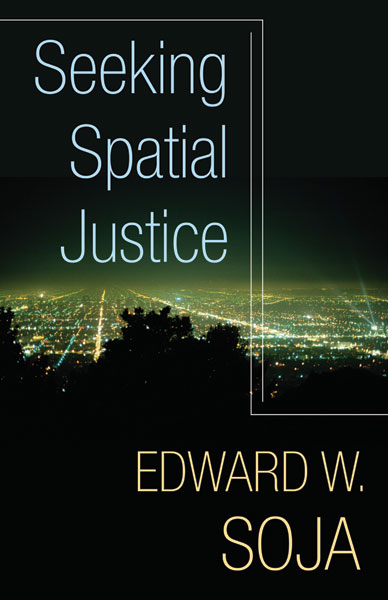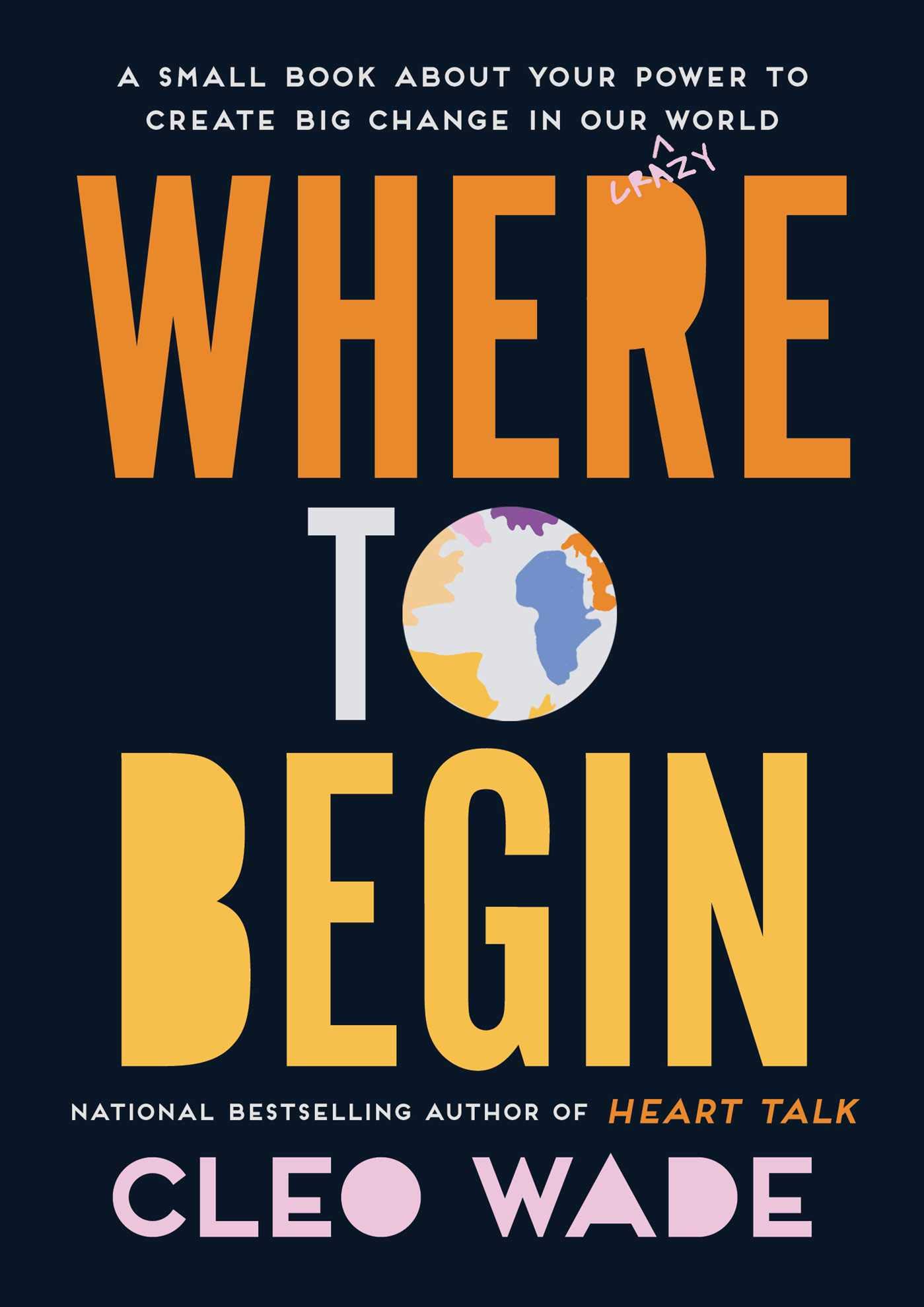
The Office of Historical Corrections
Danielle Evans
The residue of America’s complex history continues to shape the present. And, our path forward as a society requires confronting that history. But, as shown in Danielle Evans’ The Office Historical Corrections, embarking on such a journey can result in strained personal relationships and even negatively impact our career prospects. Through the lens of Black and multiracial characters coming to grips with, “how history haunts us, personally and collectively,” Evans presents a challenge: Are we willing to prioritize truth above all else? This is a great resource for educators who are searching for a powerful way to invite young learners into difficult conversations on race, culture, and history. And, to explore what it means to stand up and fight for what you believe in.

Permission to Feel
Marc Brackett, Ph.D.
Imagine what might become possible if we learn to channel our range of emotions to benefit, rather than harm, our well-being. Marc Brackett, drawing from his personal experiences and 25-years as an emotion scientist, offers a roadmap for mastering our feelings in Permission To Feel. Brackett traces his own battle with suffering, bullying, and abuse that started with the simple act of an uncle allowing him to feel everything and know that he wasn’t stuck, alone, or powerless. Brackett’s book is for adults, educators, and young learners looking for ways to overcome (or support others in overcoming) paralyzing emotions and rediscover their worth.

Seeking Spatial Justice
Edward W. Soja
Building stronger, more connected, and equitable communities capable of supporting the learning and growth of all young people requires examining the ways those communities are currently designed. In Seeking Spatial Justice, Edward W. Soja argues that zip code shouldn’t shape destiny and that “equal distribution of resources, services, and access is a basic human right.” Using innovative, real world examples of spatial justice in action, Soja shows building just and equitable communities is not an unachievable, utopian future. Rather, it is a future we can create together right now. And, it’s relationship to and impact on the transformation of our education system is too closely related for any learner-centered advocate to ignore.

Another
Christian Robinson
Visual storytelling stretches our minds—a belief that Christian Robinson, author of wordless children’s book, Another, holds dearly. Robinson uses collages and illustrations to bring to life the story of a “young girl who discovers a portal in her room and enters a realm of surprises.” This multi-dimensional, mind-bending narrative is the perfect resource for challenging young learners—through pictures alone—to stretch the boundaries of their imaginations. It showcases how a single image or experience can result in multiple interpretations, inviting young people to develop a strong relationship with the power of context.

Where to Begin
Cleo Wade
Where do we begin to create communities and places for learning that center “love, acceptance, justice, and equality?” Cleo Wade offers some inspiration in her second anthology of poems: Where to Begin. Her collection of personal pieces centers self-reflection, mindfulness, perseverance, and hopefulness by acknowledging the spectrum of small moments that shape our lived-experiences. Wade’s work is a heartening reminder that the everyday occurrences matter as much as the major ones. And it is a great resource for enabling young learners to see that creating change (and finding purpose) begins one hopeful step at a time.
